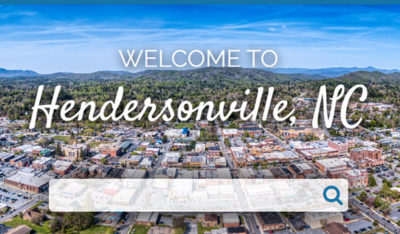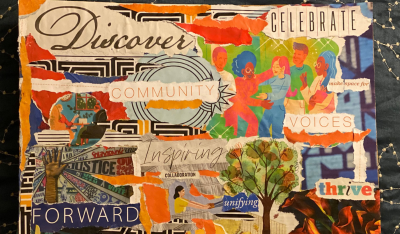Held in Milwaukee this September, the 3CMA Annual Conference gathered hundreds of government communicators eager to learn from one another about how to accomplish better community engagement. There was plenty to be inspired by, as speakers presented on their efforts both offline and online.
We heard about how Kansas City, Missouri was reaching a new audience by holding public meetings at breweries and how Sandy, Utah was making more informed policy decisions through data collection and visual reporting.
We also heard about a lot of the speed bumps on the path to better community engagement.
This is an exciting time for communicators, but also a perplexing one, and this “wild west” situation brought up some questions that you might find yourself asking, too.
Here’s What We Heard:
- How do I get started with reaching beyond just the usual voices?
- Can I be doing a better job of using social media? I don’t know how to control the conversation.
- Is there a practical way to “cut through the noise” of the Internet?
- Why aren’t my public meetings getting people in the door?
- How can I measure qualitative things, like public trust?
- Why does it feel like I’m repeating myself and getting nowhere?
Furthermore, while these may be common questions, every community is also unique. We heard one story about a small town community with an older skewing population where postcards were effective. In another community, social media was their success, a third city was using email and adopting customer service techniques similar to online retailers.
Here’s What We Think:
What seemed to be missing in many of the stories we heard was an underlying way to harness community engagement. While there are many solutions and communication methods out there, the common pitfalls include one-off engagements and lacking a way to use data over time to tell community stories, provide easy-to-understand results, and to ultimately build public trust. And this needs to accommodate for both offline efforts (like postcards) and online efforts (like social media).
We think there is a clear path to addressing these common issues:
-
Reach beyond the self-selectors by using targeted online outreach.
-
Provide accessible online engagement to lower the barrier to entry.
-
Capture and analyze by bringing together all engagement to see one, complete picture.
-
Close the feedback loop by easily following up with residents.
-
Build trust through a cycle of engagement and re-engagement which can now be measured.

Most importantly, there is no one “right way” to do public engagement in every community. That’s why we believe that a partnership approach is best when it comes to government agencies and a public engagement tool.
What Do You Think?
In the spirit of partnership, I would love to hear your thoughts on these things. Are these problems you are facing, too? What lessons have you learned? Want to hear more about our partnership philosophy? Drop me a line here: hunter@publicinput.com.

We had some fun outside of the conference while in Milwaukee. Here’s one of our favorite pieces from the Milwaukee Art Museum taken by our CEO Jay Dawkins.
We’d love to share how technology & process can work artfully together. Get started with a live demo here:
[gravityform id=”3″ title=”true” description=”true”]



